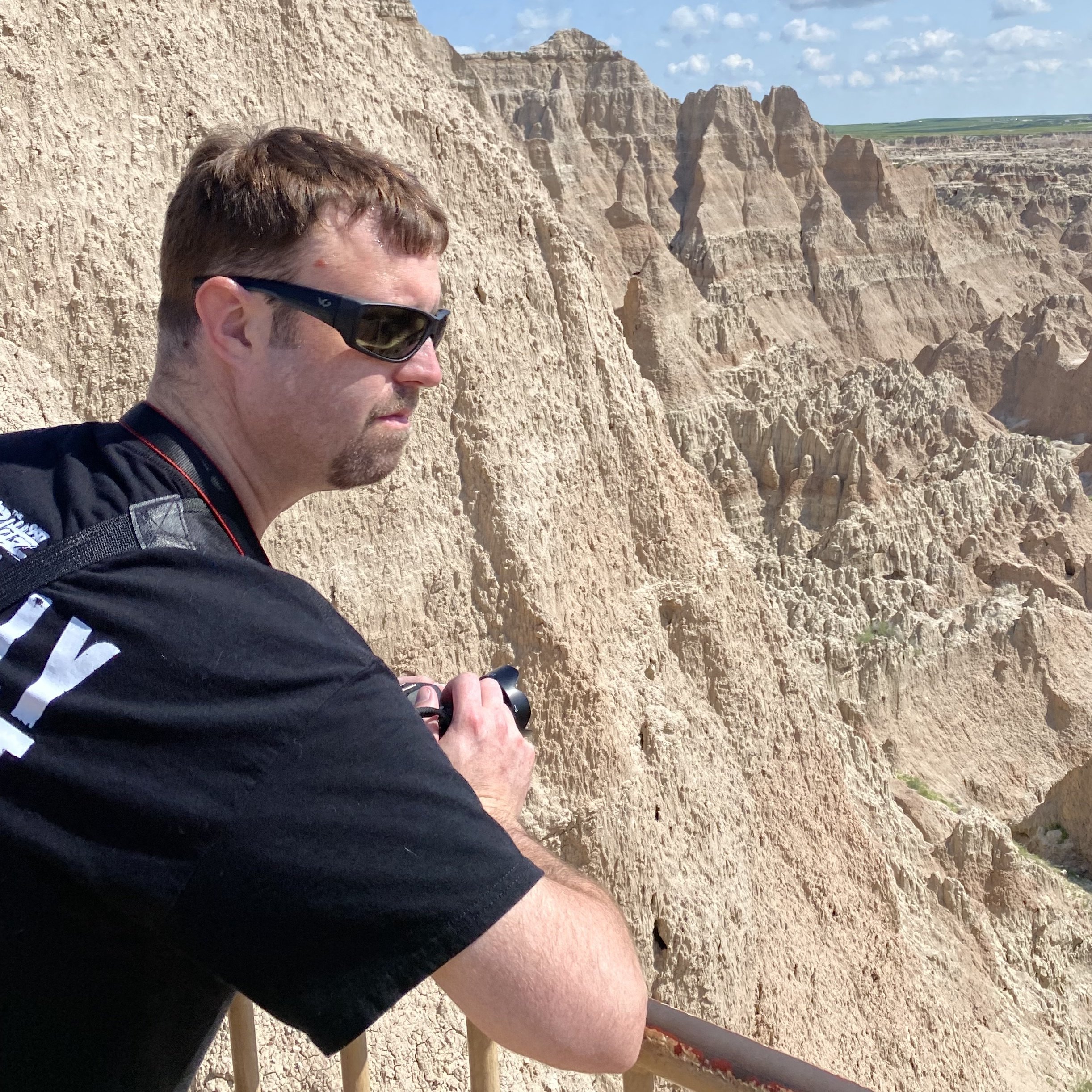- cross-posted to:
- technology@lemmy.world
- cross-posted to:
- technology@lemmy.world
Will this affect my Super Mario 64 gameplay?
only for the better, now’s the time to set a new WR.
It will make it possible to do the TTC glitch consistently saving half an A press
Wario uses it as a cheat
It could corrupt the save data on your cart
Just rainbow road.
You’ll need to play Mario Galaxy or Majora’s mask for anything significant.
1pm ET. So it already happened?
either it has not happened yet or it has already calmed down because QRZ.com shows everything as normal
Checking my image recordings the only thing I see as an ejection around 12 hours ago, so it would have to be a really fast burst to arrive today? Current Kp index is only at 2.3 which is pretty normal, and even NOAA’s own forecast shows nothing happening. I’d say this event is a dud.
Yep, thats prob the case
authentic question: can you explain your logic?
I’m not quite sure what you are asking for. So, I would need more information to be able to answer properly.
I don’t know what QRZ.com is, so I don’t understand how the site being up lead to your conclusion. I’m not criticizing in anyway, but moreso just trying to understand because it sounds interesting to me. While I don’t know the math, I love theoretical physics, and am wondering what I’m missing out on 🙂
Oh, qrz is a website for amateur radio operators and it has data from another site that has solar information I pulled up QRZ to take a look at that solar information at a glance. And the geomagnetic field was quiet with an S1 to S2 radio noise level, which is extremely low.
cool! thanks for explaining it 🙂
I cant even find local news report on it.
After some brief research apparantly these are super common, sometimes causd moderate disturbances and this one is minor but was predicted to maybe last a bit longer.
Its super interesting sfuff that i wish was more common in everyday news reporting but this article Up here is mere clickbait.
We’re free now, throw your tracking devices at big techs faces
Oh, good! I might finally get a break from the buttplug I lost last week.
This is so fascinating and cool at the same time, crazy how things work around us!
The biggest solar event in recorded history happened in 1859. A similar storm today would be devastating on our current way of life around the globe. https://en.wikipedia.org/wiki/Carrington_Event
Here’s the summary for the wikipedia article you mentioned in your comment:
The Carrington Event was the most intense geomagnetic storm in recorded history, peaking from 1 to 2 September 1859 during solar cycle 10. It created strong auroral displays that were reported globally and caused sparking and even fires in multiple telegraph stations. The geomagnetic storm was most likely the result of a coronal mass ejection (CME) from the Sun colliding with Earth’s magnetosphere. The geomagnetic storm was associated with a very bright solar flare on 1 September 1859. It was observed and recorded independently by British astronomers Richard Christopher Carrington and Richard Hodgson—the first records of a solar flare.
I wonder if something like that hit today if it would fry all of our satellites
wikipedia says 20 to 40 million people would be without electricity for between 16 days and 1-2 years.
1-2 years.
I worked for an electric utility for nearly 2 decades and now am a consultant helping power companies with grid modernization. This is the part that terrifies me, we are WOEFULLY unprepared for an event like this. A number of times over the years a strategic transformer reserve has been floated to congress with no movement. Even things like a large scale, coordinated attack against a bunch of substations at once could cripple the US power grid for months or even years. Transformer lead-times can be as long at 70 weeks last I knew. Obviously, in the event of a large-scale event the government could step in and throw resources to speed that up but it would be FAR better to have a ready-to-go supply we could draw from.
what i wonder is this something that can be solved without government long range wisdom? like could you start a business stockpiling these things and being the only game in town when theres a disaster? or are the disasters so rare and the price gouging so limited that it would be a bad business move to sit on a square mile of these somewhere inexpensive and safe?
Great question, and I should have probably clarified my response. There are transformers, the “cans” you see on utility poles. Then there are transformers, the “big boys” in substations. This is one of the better pics I can find on Google, oddly enough it links to an article about how easy it is to disable a substation by shooting out the transformer: https://stopfossilfuels.org/electric-grid/shooting-transformers-disables-substations/buckskin-substation-transformer-shooting.jpg
The cans you see on poles are relatively ubiquitous and fairly easy to source. The big boys in the substations are the ones with the huge lead times and large cost. Stockpiling them as a business would be a loosing venture. It would be unlikely you would have a customer locally and transporting them is expensive owing to the weight/size.
As someone who works for a large utility company on the distribution side, the small ones on poles or in underground neighborhoods are still tough to get with backorders causing delays in projects. It’s gotten a lot better, but it’s still slow on them.
I know amateur radio operators who have emergency equipment stashed in containers designed to keep the radiation out so they have a backup in case literally everything else they have goes down.
smart idea but but maybe even better to leave the cities if everything is going to be dark for seasons.
Radio works outside the city too, and most of the time I see people tossing a HF mobile rig in there. A solid one of those can run 100w off a car battery and if you can get a random wire antenna over a 35-40 foot high branch you’d probably be able to cover the country on the lower bands so long as the ionosphere isn’t too irregular. You can even get car appropriate sized antennas for the higher frequency, shorter range bands.
Honestly that’s surprisingly low. I mean I wouldn’t want to be part of that group, but that’s perhaps 10% of the US population.
I’m actually a bit reassured that a Carrington event wouldn’t be even more devastating.
or maybe they don’t want the population to freak out about it and demand wisdom and real security from leadership?
Lol, well, you’re not wrong.
Definitely need to evaluate the source of that info.
On the one hand, I’d think engineers would bring these issues up, and have ideas how to mitigate risks, in any industry that could be affected (especially power/telecom, since they affect every utility). On the other hand, I can also see management deciding to pay lip service to the identified risks.
This cloud, if aimed toward the Earth, approaches our planet in around 48 to 72 hours, though some can arrive much sooner.
I didn’t realize there was that much variation in the speed stuff comes off the sun. Does it ever clump up, if fast ejections overtake slow ones?
To give you a perspective on just how far away the sun is, if it were to blow up right now you wouldn’t even see the light from the event for another 8 minutes and 20 seconds.
This is the best summary I could come up with:
A geomagnetic storm is expected to surge across the Earth’s atmosphere later today as a plume of solar plasma hits our planet.
This chunk of the sun was spat out on Sunday as a magnetic filament erupted from the star’s surface, with the coronal mass ejection (CME) set to collide with the Earth at around 1 p.m.
The CME collision could lead to geomagnetic storms as intense as G2-class or even G3-class, which may trigger GPS issues, satellite problems, and auroras seen much further south than usual.
Amateur radio & #GPS users, expect disruptions on Earth’s nightside," space weather physicist Tamitha Skov posted on X, formerly Twitter, on Sunday.
CMEs are triggered by magnetic activity on the sun’s surface flinging out huge volumes of solar plasma.
“Whilst these storms cannot harm us or nature directly, they are disruptive and potentially very damaging to technology,” Huw Morgan, head of the Solar Physics group at Aberystwyth University in the United Kingdom, told Newsweek.
The original article contains 577 words, the summary contains 161 words. Saved 72%. I’m a bot and I’m open source!
Space Weather News - Dr. Tamitha Skov - 22 Jan 2024 https://www.yewtu.be.com/watch?v=41LGqYbxsvk
deleted by creator
My GPS still doesnt work… but maybe it’s unrelated?
Did it work before?
Have you tried turning it off then back on? 3 times?
Removed by mod
Somebody from lemm.ee report this failure.
Do reports only go to your own instance?











